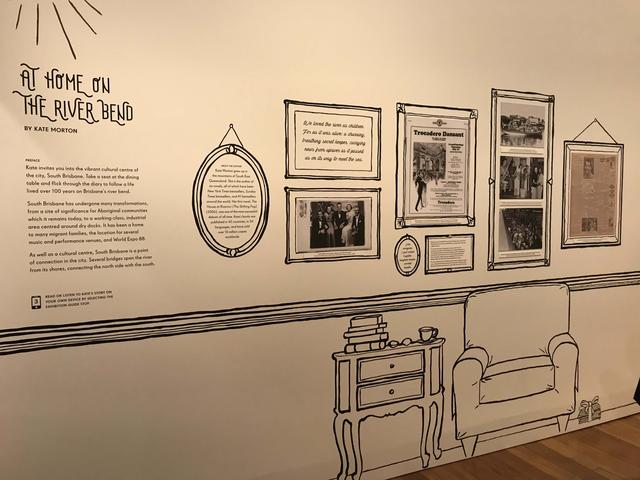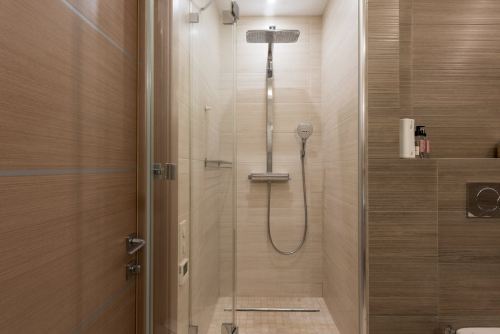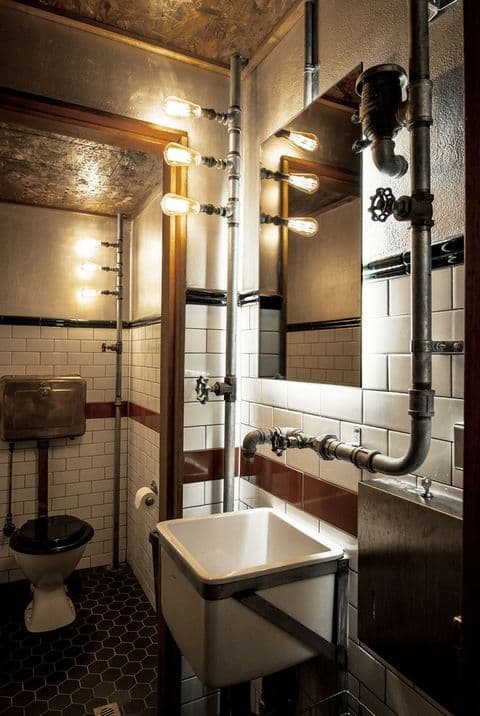Nailing It Down: Q&A on fixing sweaty toilets, fogged-up windows | The Daily World
Nailing It Down
By Dave Murnen and Pat Beaty
Perhaps moisture doesn’t sound like your home’s worst enemy — but take it from us, it most likely is.
Our last two columns have focused on explaining what to do to recognize, prevent and fix moisture problems.
Over the years in our work at NeighborWorks of Grays Harbor, we have inspected and directed the rehabilitation of hundreds of moisture-damaged homes. From the foundation to the roof, our inspections overwhelmingly identify improper ventilation as the main source of expensive problems to the homes in this county.
Today we’re answering some questions related to moisture problems. See if any of these apply to you and your home:
Q: When I use my dryer, I notice that the windows often fog up on the inside and the whole room seems a little muggy. What causes this, and should I be concerned?
A: You should be very concerned about any condition that creates moisture inside your home. Extra moisture from doing laundry is one of the worst!
In this situation, you will find lots of lint, too. Most likely the dryer is either not properly vented to the exterior, has a blocked vent, or has holes in the vent pipe at the back of the dryer.
The fix will be simple and cheap in any event. Pull out the dryer, turn it on and find out where the hot air is entering into the room. Check all the connections and clamps.
Even a pinhole-type leak in the exhaust hose is a problem that should be eliminated.
For clothes dryers, always use as short, smooth and straight a pipe as possible, with a flapper vent through the wall. Never vent the dryer just under the house; this will create very expensive foundation rot problems.

Q: With the moisture so high outside this time of year, it seems like the humidity inside is greater too. What can I do to keep the house drier on the inside?
A: When the air gets saturated, so dos the soil. The No. 1 thing to do is to lay 6 mil. black plastic on top of the bare soil under your house. This alone will stop a tremendous amount of humidity from entering your home by being pulled through the floor.
Other suggestions are to keep wet stuff like umbrellas and rain gear outside under cover to dry off, and leave your vented bath and kitchen fans on longer after baths, showers and steamy cooking. If you don’t have fans, get them and be sure to vent them to the exterior of the house.
Also be certain your dryer vent is vented outside the exterior wall of the house and is leak-free; insulate your house; weather-seal all windows and doors; and check your attic and foundation for the proper amount of vents.
Q: Often the outside of our toilet will get a light film of water on it — like it’s sweating. What causes this? Is it a concern? If so, how should we fix it?
A: The source is usually bathing or showering. The moist air wants to stick to all the cooler surfaces in the room, but is best seen on a mirror, any chrome surface and certainly the toilet.
That film of moisture can turn into beads of sweat or puddles on the floor, depending on how moist the air in the bathroom is.
First, check to see if your toilet is running after it fills. The constant resourcing of cold water into the tank will create an ideal condition for sweating.
On the harder-to-see areas, such as wall or ceiling surfaces, it may show up as mold or mildew.
The best cure is to install a bath fan on a timer. Then, vent it (preferably through smooth piping) to the exterior of the home, using a vent with a flapper in it.
Whenever possible, leave the fan on for a half an hour after the baths or showers are done. This should remove all of the remaining moisture in the room. New homes are required to have fans on whole-day timers, cycling on and off.
One caution on fans is to avoid venting them into the attic cavity without conveying the moisture-rich air all the way to the exterior. Otherwise, this will only move the moisture problem into an area that will cost you big bucks to fix.
Q: I have a bathroom floor that needs replacing. As I put the insulation under the floor, which direction should I put the “paper” of the insulation? It would look a lot cleaner in our basement if the paper side were down.
A: Remember this: The paper side of the insulation should face the heat. To cover the insulation in your basement, either install drywall or staple up a woven material like landscape cloth or Tyvek, but avoid plastic sheeting.
Dave Murnen and Pat Beaty are construction specialists at NeighborWorks of Grays Harbor County, where Murnen is executive director. This is a nonprofit organization committed to creating safe and affordable housing for all residents of Grays Harbor County. For questions about home repair, renting, remodeling or buying, call 360-533-7828 or visit 710 E. Market St. in Aberdeen. Our office is fully ADA-compliant.



